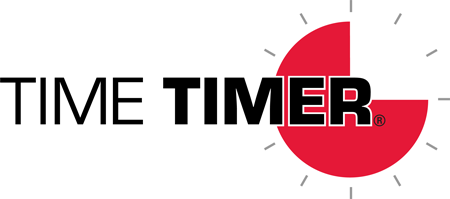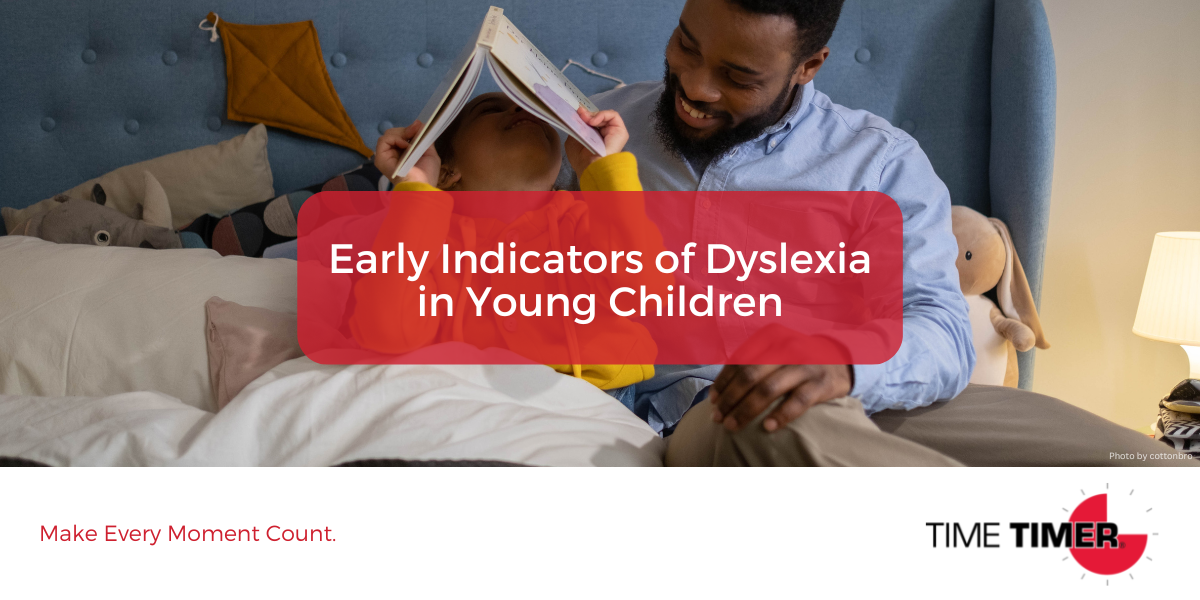Dyslexia is defined as an unexpected difficulty in learning to read. It is a learning difficulty that primarily affects the skills involved in accurate and fluent reading and spelling.
The International Dyslexia Association defines dyslexia as followed: “Dyslexia is a specific learning disability that is neurobiological in origin. It is characterized by difficulties with accurate and/or fluent word recognition and by poor spelling and decoding abilities. These difficulties typically result from a deficit in the phonological component of language that is often unexpected in relation to other cognitive abilities and the provision of effective classroom instruction. Secondary consequences may include problems in reading comprehension and reduced reading experience that can impede growth of vocabulary and background knowledge.”
My journey with dyslexia began when my youngest child was in the first grade. I noticed that despite similar instruction as that of her older siblings, she was not picking up on reading as easily. Following a formal evaluation, it was determined she was a dyslexic learner, and she began receiving implicit multisensory instruction (the Orton-Gillingham method) and accommodations to support her in her learning.
I often wondered if she would have had a better start on her reading journey if I had seen signs of dyslexia when she was younger and in preschool. There are, in fact, signs to look for as a young child is developing language. Some of the warning signs of potential dyslexia include:
- Delayed speech
- Difficulty learning the alphabet
- Inability to rhyme words or recognize rhyming words
- Confusion of left and right, before and after, or other directional words
- Difficulty using a pencil and writing
- Difficulty tying shoes or reading an analog clock
- Recognizing a word one time, then not being able to recognize the same word at another time
Dyslexia is not the same in every child. Some children show mild signs, while others have more difficulties. Dyslexia runs in families, so if there is a family history, it is even more important to watch out for these early signs. For more information on dyslexia, visit https://dyslexiaida.org/dyslexia-at-a-glance/.
If you do suspect your child may be showing signs of dyslexia, the next step would be to obtain a formal evaluation by a licensed professional. Once a child has a diagnosis, he or she is eligible for an IEP or other type of alternative learning plan that will support learning. Tutoring using a multi-sensory approach, such as Orton-Gillingham method, will provide the explicit instruction the child needs to learn in a way that supports the way the dyslexic brain is designed.
Know, too, that dyslexic learners have many strengths! Children with dyslexia are good problem solvers, creative, observant, excellent big-picture thinkers, and have high levels of empathy.
About the Author:
Anita Long is an IMSLEC certified Orton-Gillingham practitioner who has been tutoring children with dyslexia for 15 years. She works with children, parents, and educators in providing the support necessary for the child to achieve academic success in the areas of reading, writing, and literacy. Additionally, she is an AMS credential Montessori teacher and provides classroom support for children with dyslexia.

